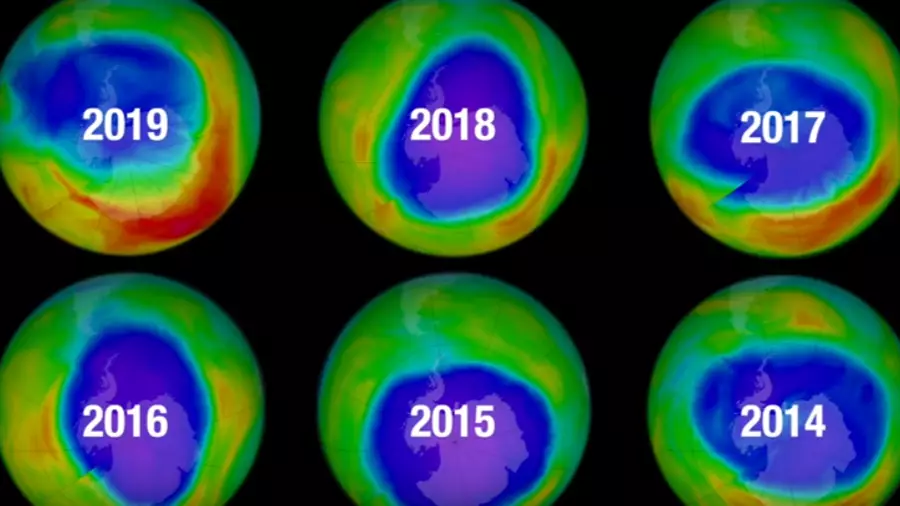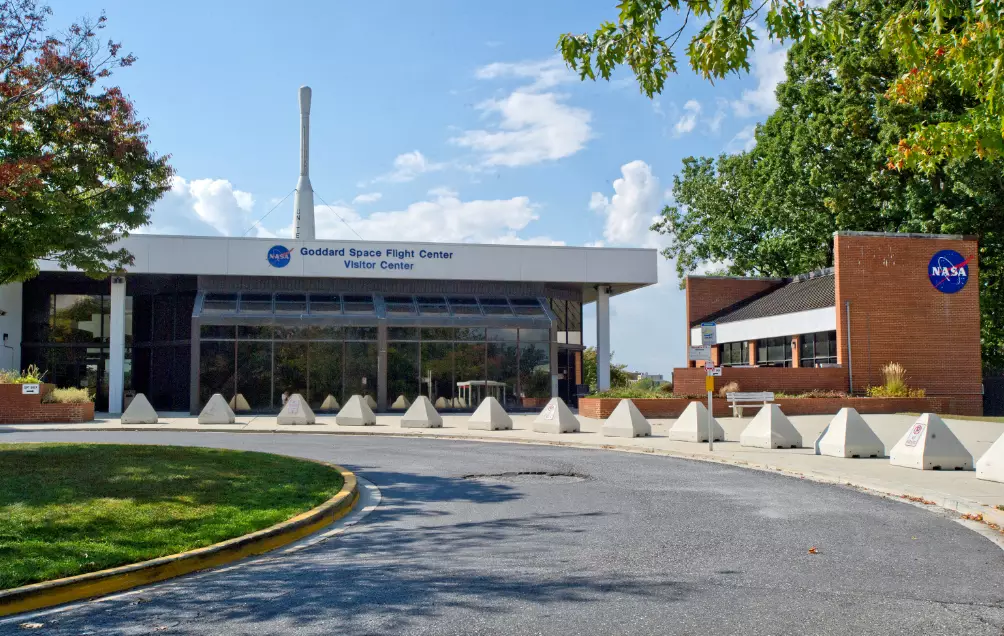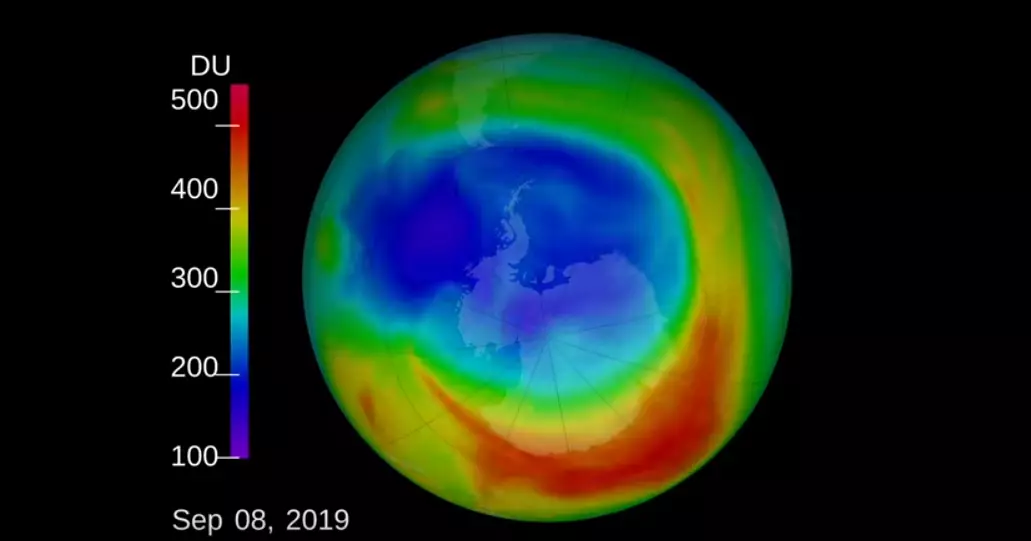
NASA has revealed the hole in the ozone layer is now the smallest on record since its discovery thanks to a 'rare event', although scientists have warned this isn't a sign that it's suddenly on a 'fast track to recovery'.
A joint press release from the National Aeronautics and Space Administration (NASA) and the National Oceanic and Atmospheric Administration (NOAA) said experts have recorded the smallest ozone hole since they first began observing it back in 1982.
Advert
While scientists are still trying to make sense of it, it's believed to be down to unusual weather patterns in the upper atmosphere.
Paul Newman, chief scientist for earth sciences at NASA's Goddard Space Flight Center, said it was 'great news for ozone in the Southern Hemisphere', adding: "But it's important to recognize that what we're seeing this year is due to warmer stratospheric temperatures.
"It's not a sign that atmospheric ozone is suddenly on a fast track to recovery."

According to NASA's Ozone Watch, ozone is a 'colorless gas' that, chemically, is 'very active' and reacts readily with various other substances.
Advert
The website explains: "Near the Earth's surface, those reactions cause rubber to crack, hurt plant life, and damage people's lung tissues. But ozone also absorbs harmful components of sunlight, known as 'ultraviolet B', or 'UV-B'.
"High above the surface, above even the weather systems, a tenuous layer of ozone gas absorbs UV-B, protecting living things below."
The ozone hole over Antarctica typically grows during September and October, and every year NASA and NOAA track the hole as it grows to its annual winter maximum.
However, this year they found the hole was smaller than expected, with the government agencies saying satellite data showed it had shrunk to 3.9 million square miles for the remainder of September and October.

The peak in the hole this year was observed on 8 September, when it was 6.3 million square miles. To put this into perspective, during normal weather conditions, the hole is usually around 8 million square miles at this time of year.
Advert
Susan Strahan, an atmospheric scientist with Universities Space Research Association who works at NASA Goddard, said: "It's a rare event that we're still trying to understand."
She added: "If the warming hadn't happened, we'd likely be looking at a much more typical ozone hole."
The ozone is monitored by NASA and NOAA, who use satellites, weather balloons and other instruments to do so.
Advert
NASA explained in the release that this is only the third time in 40 years that warm temperatures caused by weather systems have actually helped limit the ozone hole, having previously been the case in 1988 and 2002.
But experts also said they've made no connection linking the unexpected patterns with climate change.
According to Fox News, experts believe the Antarctic ozone will recover back to levels seen in 1980 by around 2070.
Featured Image Credit: NASATopics: Science, World News, News, Nasa